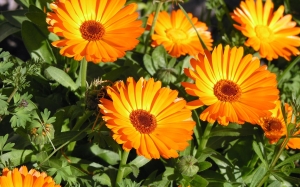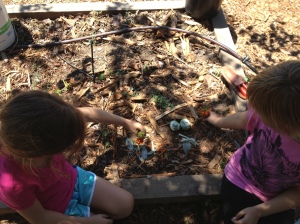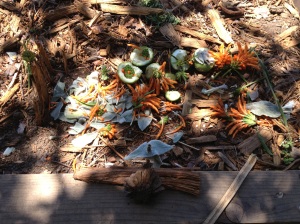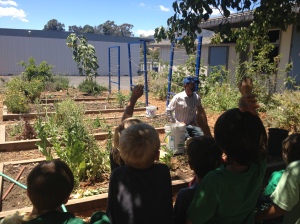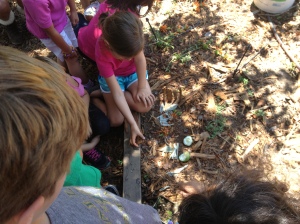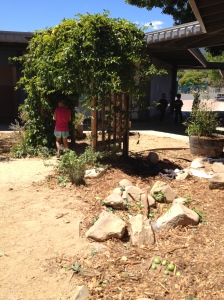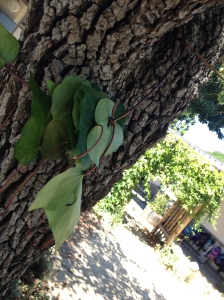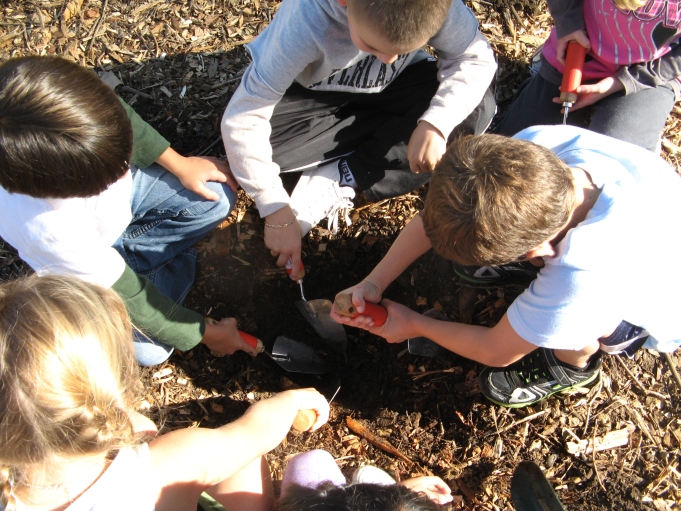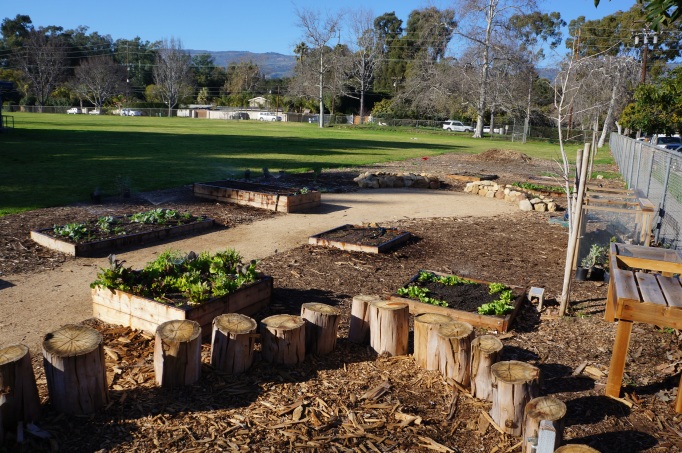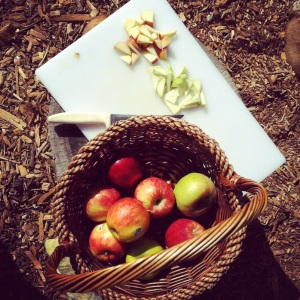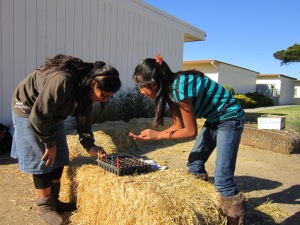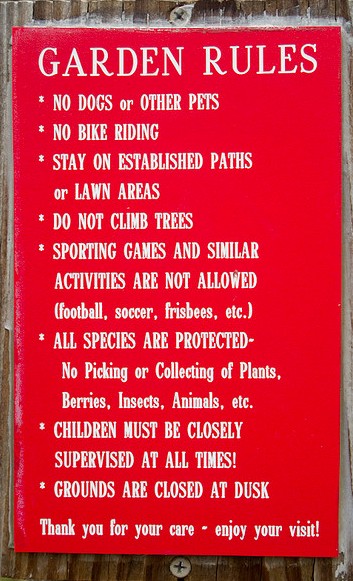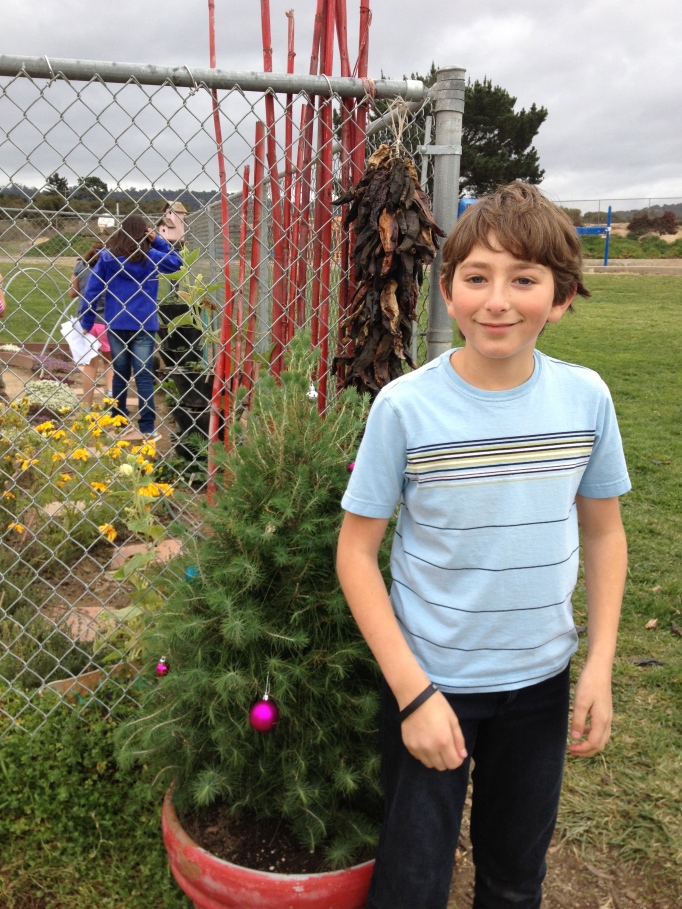Calendula flowers are awesome. Part of the daisy family, Asteraceae, calendulas or “pot marigolds”, bring oranges and yellows (also the vectors that accompany such beautiful bursts of color) to any garden. Calendula can be direct seeded in the spring or even summer or they can be started indoors as transplants. They are very easy maintained and once established in your garden, they will self-seed, but they don’t generally become a nusiance.
Rich soil and a full sun location will keep your calendula blooming, although they will adapt to most any soil conditions. Calendula will slow down in extreme heat and warmer climates will have more success growing them as fall or early spring flowers. In more temperate areas, watering regularly will help keep them going in the peak of summer and your calendula will bloom until frost.
Cutting the flowers off the blooming flowers is a great way to encourage your calendula flower to continue to create new buds. The more flowers you cut off the more they will produce! The flowers, once picked, can be used in numerous ways:
1. Salads: Although slightly bitter calendula flowers make a great addition to any salad giving it a vibrancy and glow which more than makes up for the bitter taste. Taken internally the flowers are said to help digestive issues such as abdominal cramps and constipation
2. Infusions: Applied topically calendula flowers are a great remedy to treat various skin conditions such as acne, inflammation, insect skins, rashes and irritated tissue. Making an infusion is simple:
- Fill a mason jar with dried calendula flowers. Dried calendula flowers can be obtained by picking the calendula flowers from your plants and drying them in small batches, in a dark ventilated place, on a drying sheet or rack.
- Add oil to the mason jar full of calendula flowers. I prefer using olive oil but there are many different oils that can be used such as Coconut, Almond, Jojoba, Sunflower, Grapeseed…etc.
- Let sit in an airtight container for up to six months.
The oil is now ready to be used by applying it directly to the skin or by creating a salve. I create salves by mixing equal proportions of the infused oil and beeswax together and heating until liquid. When it cools the salve is ready to be applied directly to the skin.
3. Plant dyeing. Until the late 19th century all colored fabrics were obtained through the extraction of colors from plants and other natural sources. With the increased focus on sustainability there has been a resurgent interest in dyeing with natural plants. Calendula will create colors varying from a bright yellow to a khaki green.
To create dyes from herbs, you usually add a mordant. A mordant is an ingredient that binds the dye to the material you are dyeing. Different mordants produce different colors using the same plant materials so your range of colors differs based on which one you choose. Some mordants are alum, iron, tin and vinegar. Mordants can be added before, during, or after the dyeing process.
- Place calendula blossoms into a plastic bucket, cover with hot, not boiling, water. A one-gallon bucket works well for this method.
- *Note on water quality: If your water is very alkaline or acidic, high in iron, etc… I suggest using distilled water. High mineral contents in your water supply will act as a mordant and grossly alter your expected dye colors.
- Leave this solution to soak, in a warm place, overnight.
- Remove calendula blossoms from the resultant liqueur, and place onto a screen or screen-like surface to dry. Once dry you may store, or reuse, the calendula blossoms for future baths. The color will be lighter, but you will find by allowing them to dry, and then reusing them, you will be able to extract additional color from the blossoms.
- Place your calendula liqueur into a dye pot, place pot onto heat source and bring the solution to a simmer. (See notes on Dye Pots and Utensils)
- Place your wetted fabrics into the dye pot; simmer for two hours.
- Remove from heat and allow the fabric to remain in the dye bath, overnight or longer if desired.
- Allowing the fabric to remain in the dye pot, as the dye bath cools, allows for more of the dye molecules to bind with the fibers.
- Remove fabric from the dye bath and rinse the fabric thoroughly. Some dye color will rinse off in the process, this is normal.
- Line dry the fabric.
For more information on dyeing please check out:
http://makezine.com/craft/101/natural_dyeing/
Calendulas are beautiful and easy! Utilize them!
